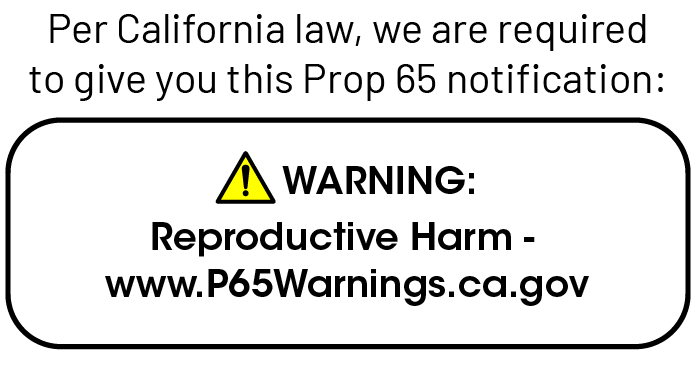7 Questions Answered About Age Spots | Skin Actives
Posted by Dr. Hannah Sivak and Brendan Leonard on Dec 11th 2019
What Are Those Dark Spots On Your Skin?
Dark spots go by a lot of different names: sun spots, liver spots, age spots. Today we’ll discuss sun spots and what you can do to address them.
1. What causes dark spots?
Sunspots occur when the process that should give you a sun tan, goes wrong.
Making a pigment like melanin while you are in the sun makes sense: producing pigment that protects the skin from further damage is a good solution. Next time you are in the sun there will be less damage produced by the high energy rays because the pigments in the skin will give some protection.
The process to make the pigment and deposit it in the skin is very complex. Because the process is so complex, there are many steps that can go wrong and, if you spend enough time in the sun, they usually will.
The energy of the sun reaches the skin and starts destruction of cell components that are crucial to cell survival and also to pigment synthesis. Why does this happen? Once the DNA is damaged by the energy of the sun or by the strong oxidants produced when sunlight touches your skin, synthesis of proteins involved in making the pigment is irreversibly altered. You may make more or less pigment.Depending on which genes are damaged, different steps in the synthesis and accumulation of melanin by the skin can be altered. This means that next time that you are in the sun too much melanin is made and it appears as a dark spot. It is also possible that a spot will form that does not make melanin and will appear lighter than the skin around it.
2. What ingredients should we be looking for to reduce dark spots?
The first takeaway should be that it’s always easier to prevent damage than to fix it.
When you are looking to prevent damage, remember your sunscreen and antioxidants. The sunscreen will decrease the amount of UV light reaching your skin. The antioxidants will trap and disarm the reactive oxygen species produced when remaining UV light gets there.
But once the damage is done however, there are a few actives that may help the skin repair itself. We have, for example, enzymes that repair damaged DNA. Skin Actives UV Repair Cream contains those actives.
Another strategy is to decrease the amount of melanin made by the skin in general. You can avoid the sun and use actives that interfere with the synthesis and accumulation of melanin in the skin. You will find these actives in the Skin Brightening Cream by Skin Actives.
3. What about people with darker skin tones?
There is some bad news for people with darker skin. Some chemicals used by people to lighten skin can darken the skin even further and in a patchy way. An example of a chemical to avoid is hydroquinone.
4. Is it possible to completely remove dark spots?
People may recommend a chemical peel to you for this concern. A chemical peel may help lighten a dark spot but it is unlikely to remove it completely. Depending on the chemical peel some people may end up with worse hyperpigmentation. When you go in for a peel, be sure and read the fine print.
It is a wiser approach is to use actives that help renew your skin, like Vitamin A Cream while also using actives that lighten the skin. This will take longer but it is also unlikely to worsen the situation. As with anything worth having, patience is important and these things take time.
5. How effective are peels and other cosmetic procedures for this issue?
High energy procedures may very well make things worse. That said, trichloroacetic acid (TCA) peel done under the direction of an MD (keep in mind that a TCA peel is essentially a controlled chemical burn) followed by Collagen Serum with EGF and Every Lipid Serum works well.
6. For people who don’t want to undergo a cosmetic procedure, what are some things they can do on their own to help?
We recommend alpha/beta exfoliation done once a week and accompanied by Collagen Serum with EGF and Skin Brightening Cream. Don’t forget our Every Lipid Serum, essential fatty acids are very important for skin healing.
7. What about prevention?
As we have already addressed, the main and most common culprit of dark spots is the sun. We do have the creative power of stem cells in our skin, but stem cells can also be damaged by the sun. So next time, the stem cells in charge of healing may have DNA damage. This is your genetic makeup, and you need to protect it.
It’s not a popular opinion, but in general, sun tans are a very bad idea: they age the skin and promote hyperpigmentation (and wrinkles and everything else you are trying to avoid). Just compare the skin on your face to the skin you keep covered and you will see the effects of the sun, pollution, etc. on aging.
So, as you can see, Skin Actives carries a wide variety of products to help prevent and repair damage done by harmful UV radiation. Spread the knowledge of Skin Actives! Share this post on Facebook and Instagram or Pin it!

